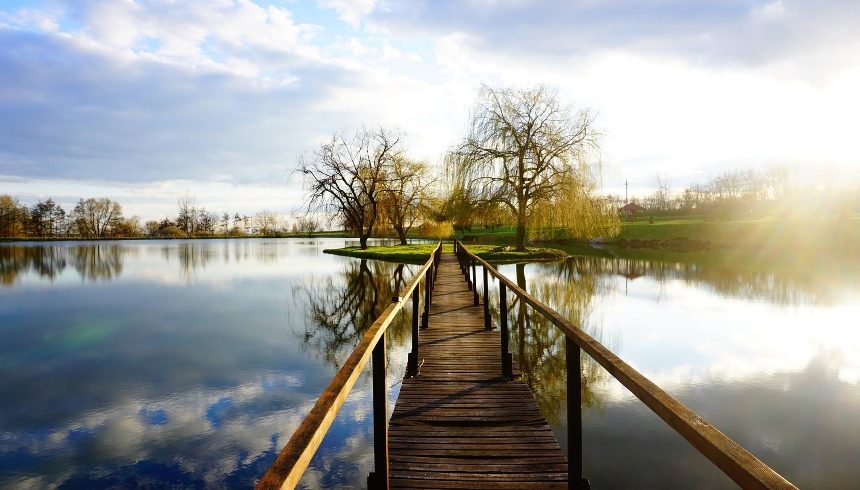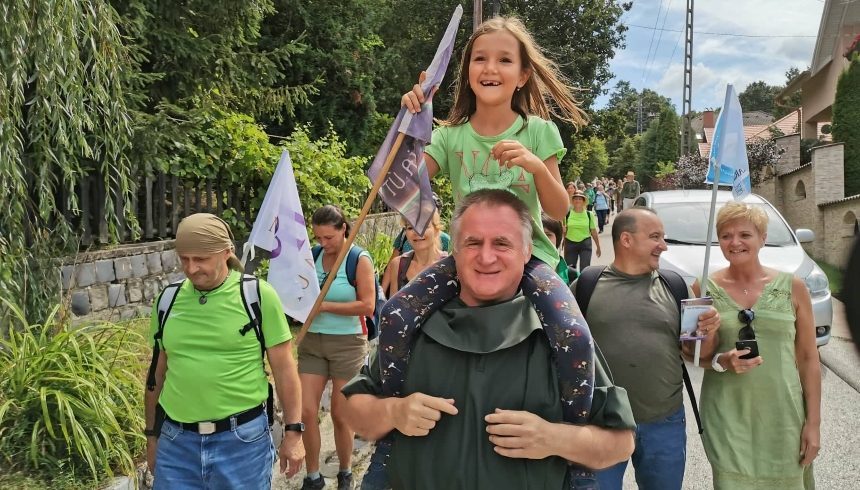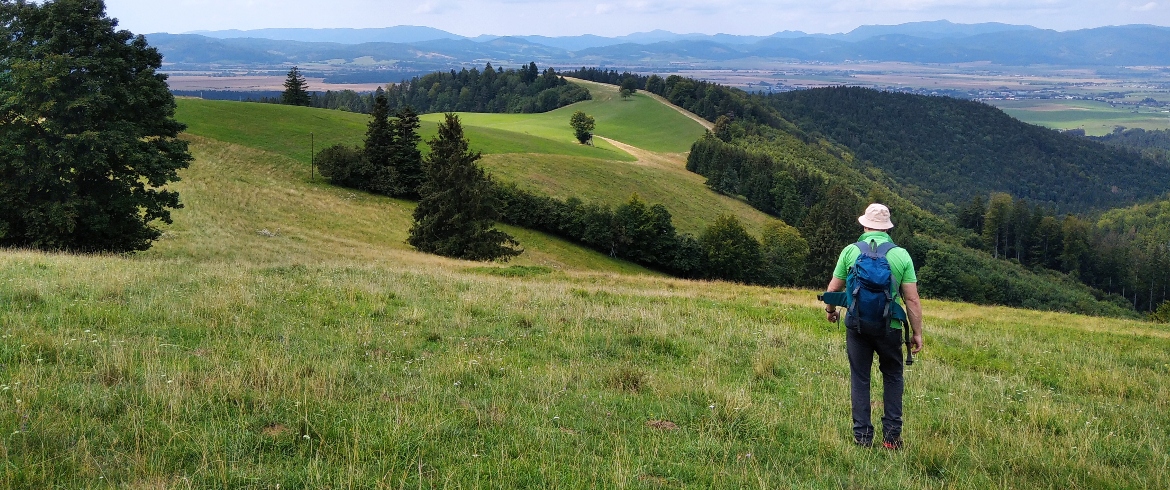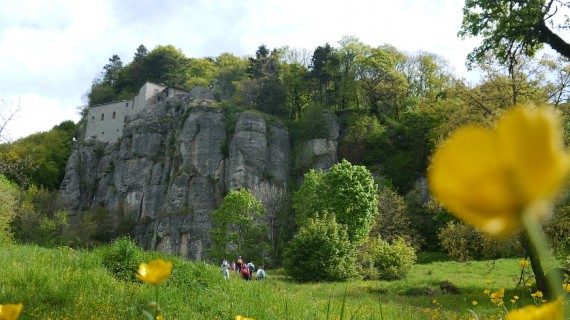The Way of Mary (Mária Út in Hungarian) is an ancient pilgrimage route that provides a rich and unique variety of cultural, natural, gastronomic and religious experiences, as well as a glimpse into the different realities of the peoples who live in that regions. Its East-West axis runs from Mariazell in Austria to Csíksomlyó (Șumuleu Ciuc) in Transylvania, while its North-South route expands from Częstochowa to Medjugorje. Thus, we get a cross that spans Austria, Hungary, Romania, Poland, Slovakia, Croatia, and Bosnia and Herzegovina.

The origins of the path
The path has distant origins. During the Middle Ages it was essential for pilgrims, religious people but also rulers to be able to reach the main pilgrimage routes that led to Rome, Jerusalem and Santiago. To reach these holy destinations it was, therefore, necessary to follow paths that crossed the centre of Europe, often touching the burial places of beatified or canonized kings and queens. Furthermore, the growing cult of relics gave birth to new centers of devotion, in which pilgrims could benefit from the hospitality of religious orders. In this great movement of faith, the cult of the Virgin Mary acquired particular relevance, especially starting from the fourteenth century, giving rise to new pilgrimage routes, still traveled and today also rediscovered as cultural and spiritual experiences for the open minded.
When to go
It is useful to take into account that the climate of continental Europe gives rise to cold winters and moderately hot summers. Although a significant variation in temperature and rainfall can occur on any day of the year, the road is open for everyone who would hear the call of the journey. However, maybe the best time to set out is therefore from April to the end of September
How to organize the journey
The Way of Mary is a thousand paths in one and there are infinite thematic paths that travellers can choose or combine with extreme flexibility: you can plan a Path through a single country or a single region, the pilgrimage can last many weeks or just a few days, and it is also possible to follow circular itineraries during the day. It can be done on foot, by bicycle but also on horseback, and you can even decide to sail in a canoe along a stretch of the Danube to enrich the journey with a fascinating and unique experience in nature.
Along the Way of Mary you will be able to count on national associations, with hundreds of volunteers, as well as on targeted international projects linked to cultural itineraries: this is the case of the European project rurAllure which maps, highlights and enhances the natural and cultural heritage along the main pilgrimage routes throughout Europe to help pilgrims to better personalize their travel experience, offering the possibility to discover unexpected points of interest along the way in complete autonomy. The app even reports local events, so pilgrims can plan their departure or arrival for specific moments of sharing.

Why to chose this pilgrimage route
The sense of community experienced while walking, the closeness of nature, the experience of breaking away from the usual, and the pleasant fatigue resulting from physical performance all contribute to seeing the world from a new perspective. People can discover their surroundings and themselves. Visiting the different nationalities living along the route will help you learn the deep religious heritage of the region, and how extremely proud the people of these places are of their hospitality.
If you want to relax, reset your mind, gain spiritual impression and enjoy the breathtaking natural and cultural heritage sites along the Way of Mary, plan your tour today. Reach out!
Info: official site Mária Út
Authors: The rurAllure WP7 team and Simona Spinola, Communication Specialist at EAVF




